When disaster strikes, we often find ourselves glued to screens, watching the wrath of nature unfold. But while our minds race to secure our own homes and loved ones, what happens behind the gates of zoos and wildlife sanctuaries? These are spaces where the extraordinary meets the everyday, and the care of captive animals during hurricanes and earthquakes is no small feat. Below, we explore the unique challenges and surprising strategies that come into play when the elements threaten to upend these carefully curated habitats.
1. Emergency Plans Spring Into Action
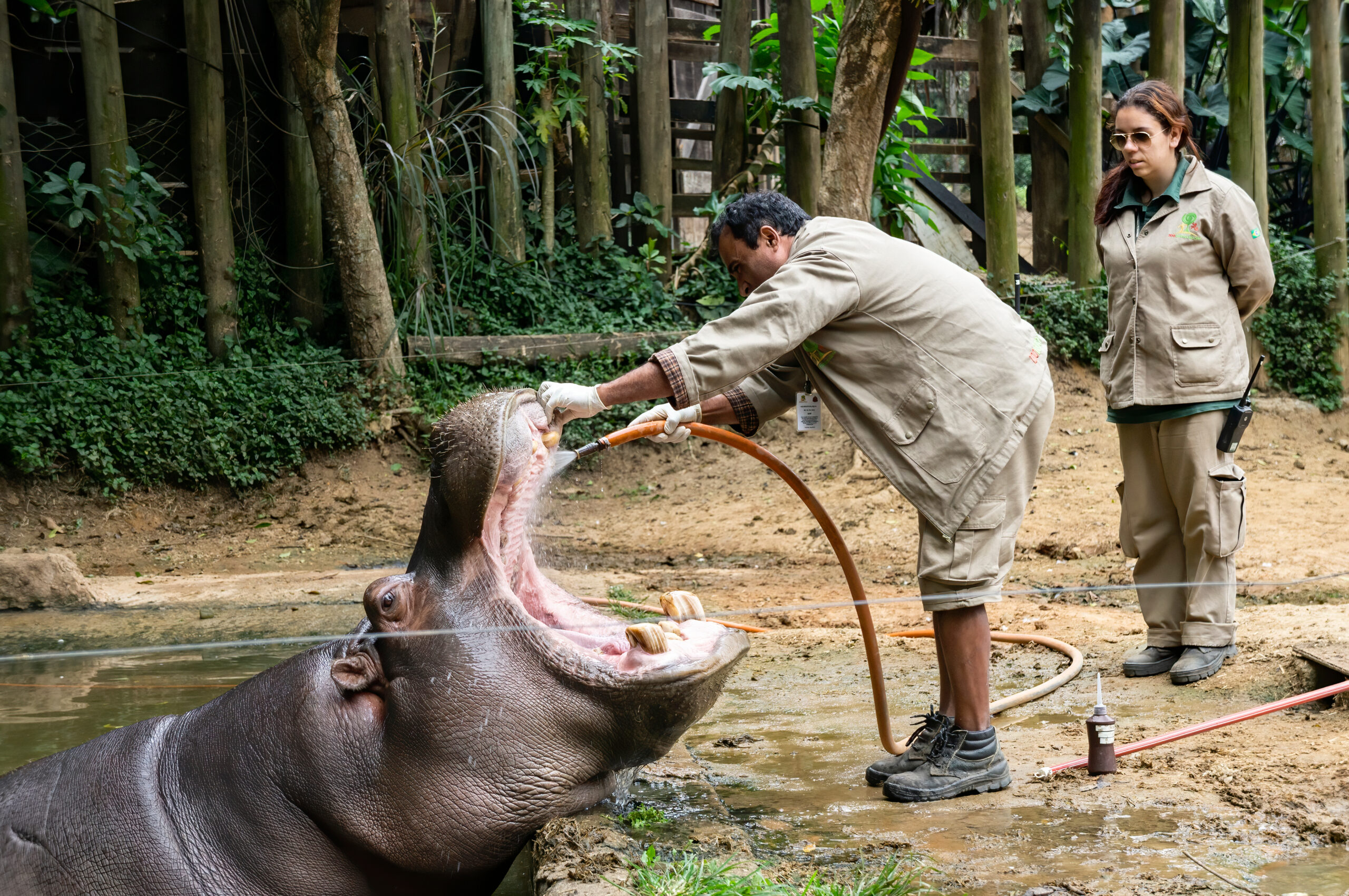
Zoos, particularly those in hurricane-prone areas, operate under meticulously crafted emergency operations plans. These plans are not optional; they are a lifeline, as essential as the enclosures themselves. Teams conduct frequent drills to ensure both animals and staff are prepared for the unthinkable. According to ABC News, these protocols include securing enclosures, shifting animals to safe zones, and ensuring a stockpile of food and medical supplies.
But even the best-laid plans face challenges. Evacuation is rarely an option due to logistics and the stress it inflicts on animals. Instead, zoos focus on enhancing structural integrity and providing mental stimulation to keep inhabitants calm. Staff often remain on-site during storms to provide reassurance and care. It’s an all-hands-on-deck effort driven by a shared commitment to the welfare of these creatures.
2. Animal Behavior Offers Early Warnings

Animals possess a mysterious ability to sense impending disasters, offering critical insights long before we feel the first rumbles or gusts. Elephants, for instance, have been observed moving to higher ground well before earthquakes strike. This heightened sensitivity is invaluable, allowing zoo staff to adjust plans and prepare enclosures ahead of time.
Yet, this behavior presents its own set of challenges. Animals can become agitated or attempt to escape, increasing the risk of injury. According to PBS Nature, animals can detect environmental changes like vibrations and atmospheric pressure shifts, which help them prepare for disasters. Understanding and interpreting these instincts are vital for keeping both animals and humans safe.
3. In-Situ Shelters Provide Refuge
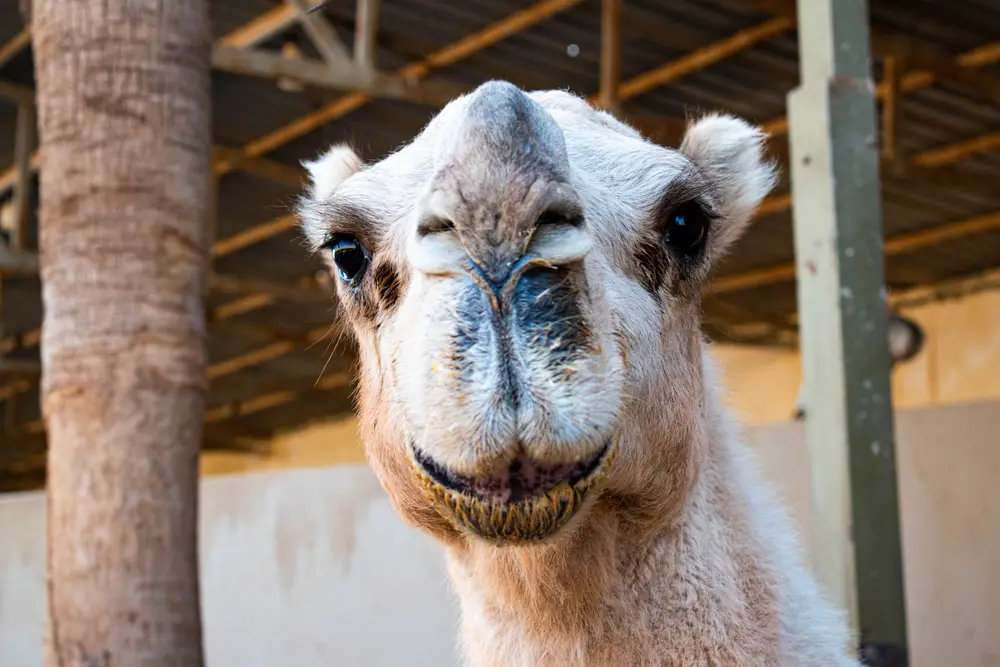
When relocation isn’t possible, zoos rely on in-situ shelters—sturdy, reinforced areas within the zoo grounds designed to withstand extreme conditions. These shelters are strategically placed and constructed to offer maximum protection against flying debris and flooding. According to Vetstreet, these structures highlight human ingenuity in safeguarding animal life during crises.
The shelters, however, are not a one-size-fits-all solution. They must accommodate the specific needs of different species, from providing adequate space to ensuring climate control for sensitive animals. While these shelters offer refuge, they also test the limits of design and resources. The true test lies in balancing safety with comfort, ensuring that each inhabitant feels secure, both physically and psychologically.
4. Human-Animal Bonds Strengthen
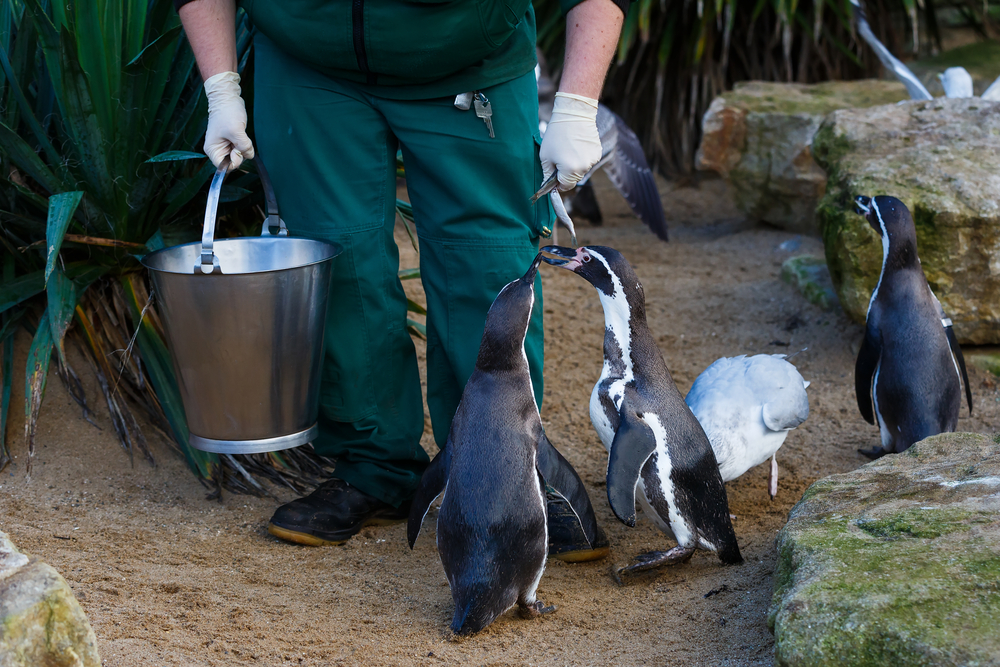
During crises, the intricate bond between caretakers and animals becomes a source of strength and solace. Zoo staff often form deep connections with the animals they care for, knowing their idiosyncrasies and needs intimately. These bonds are crucial during emergencies, as a familiar voice or touch can offer reassurance to stressed animals.
The situation is reciprocal; animals, too, seem to offer a unique form of support to their human caretakers. According to Medical Xpress, having an animal by your side during traumatic events can provide emotional grounding and improve disaster resilience. The mutual trust established in calmer times pays dividends when uncertainty looms—a reminder of profound relationships that transcend enclosures and cages.
5. Technology Plays a Pivotal Role
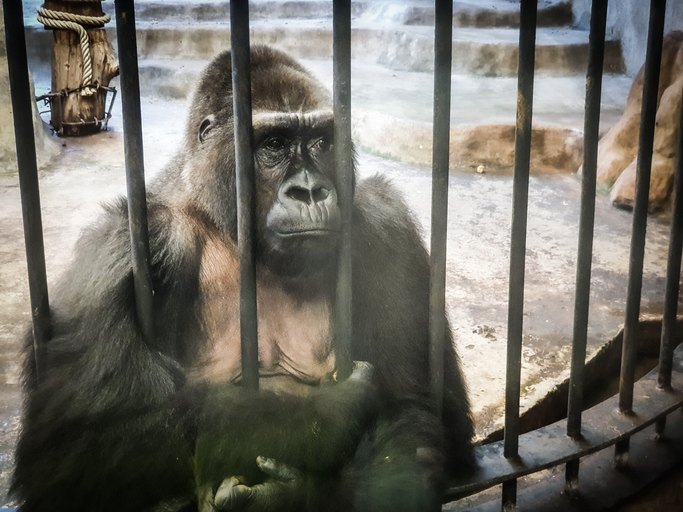
Advancements in technology have revolutionized the way zoos prepare for and respond to natural disasters. Drones, for example, offer aerial views of zoo grounds, enabling staff to monitor conditions without putting themselves in harm’s way. Sophisticated monitoring systems provide real-time data on weather changes and structural stresses.
Yet, technology is only as effective as its application. Training staff to use these tools efficiently is key to leveraging their full potential. Moreover, the integration of technology must be seamless and intuitive to enhance decision-making during high-pressure situations. It’s a blend of innovation and intuition, ensuring that zoos remain one step ahead when facing nature’s fury.
6. Communication Networks Sustain Operations
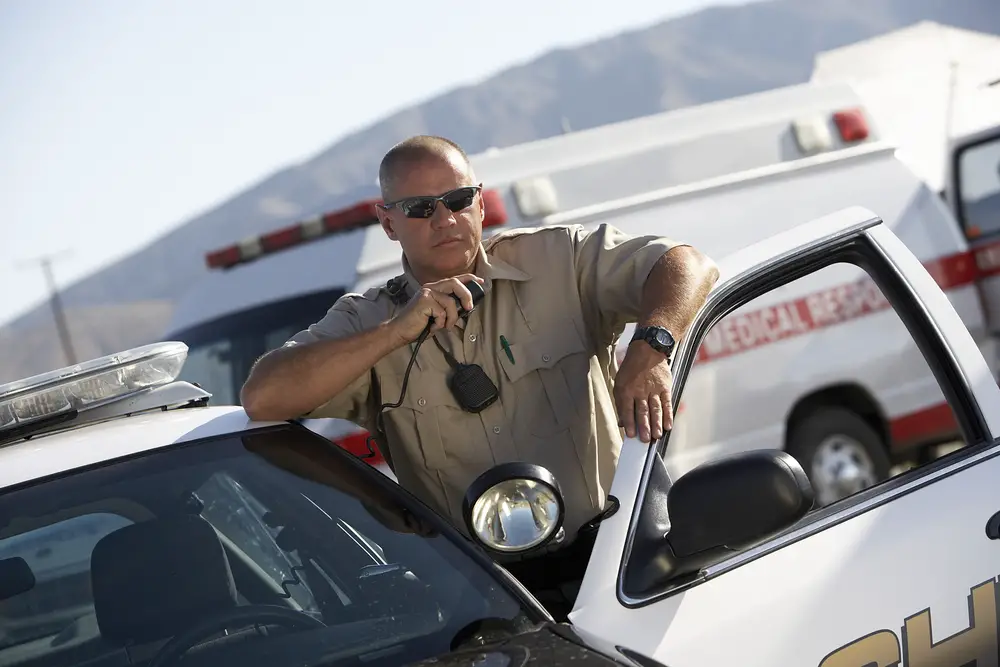
In emergencies, maintaining clear and open lines of communication is non-negotiable, and zoos have become adept at leveraging diverse networks to coordinate efforts. This includes keeping in touch with local authorities, emergency services, and partner zoos that can offer assistance or temporary housing if needed.
However, communication is not just external; internal dialogue among zoo staff is equally critical. Staff members often operate on different shifts and in various areas, necessitating robust systems to ensure everyone is informed and aligned. With communication lines open, zoos can adapt their strategies rapidly as conditions evolve. It’s a testament to how collaboration—both within and beyond the zoo walls—ensures the safety of all beings within.
7. Psychological Support for Animals

Disasters can have profound psychological effects on animals, mirroring the stress and anxiety experienced by humans. Zoos employ behavioral specialists to monitor and address signs of distress in animals, such as pacing or loss of appetite. Enrichment activities and familiar routines can help mitigate these impacts.
The aftermath of a storm or quake often leaves a lingering sense of unease among animal populations. Restoring normalcy involves re-establishing routines and providing extra attention to affected individuals. This psychological first aid is as critical as physical safety measures, ensuring long-term well-being. It’s a reminder that the emotional landscapes of animals are as complex and deserving of care as our own.
8. Community Support is Crucial
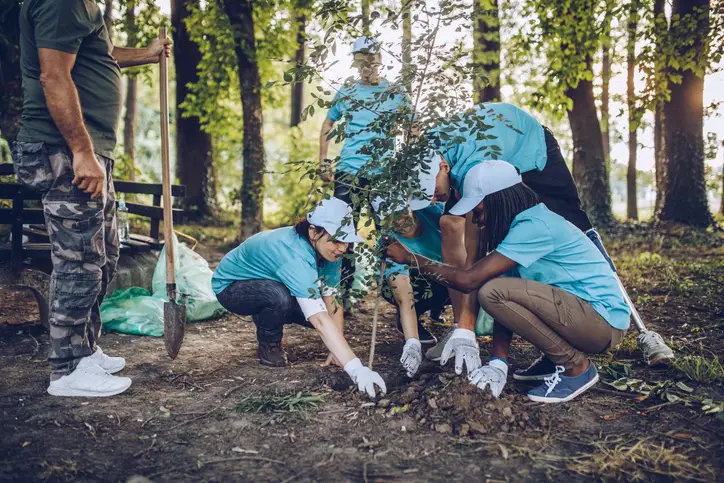
Zoos are integral parts of their communities, and in times of disaster, they rely on the support and goodwill of their local networks. Donations and volunteer efforts often surge in the wake of a crisis, providing essential resources for recovery and rebuilding.
This community support extends beyond immediate needs, fostering a sense of shared responsibility for the animals’ welfare. Fundraisers and awareness campaigns help secure financial stability while reinforcing the zoo’s role as a community pillar. In turn, zoos give back by offering educational programs and resources, deepening the connection between humans and the natural world. It’s a cycle of support and gratitude that strengthens both the zoo and its community.
9. Long-Term Recovery and Resilience
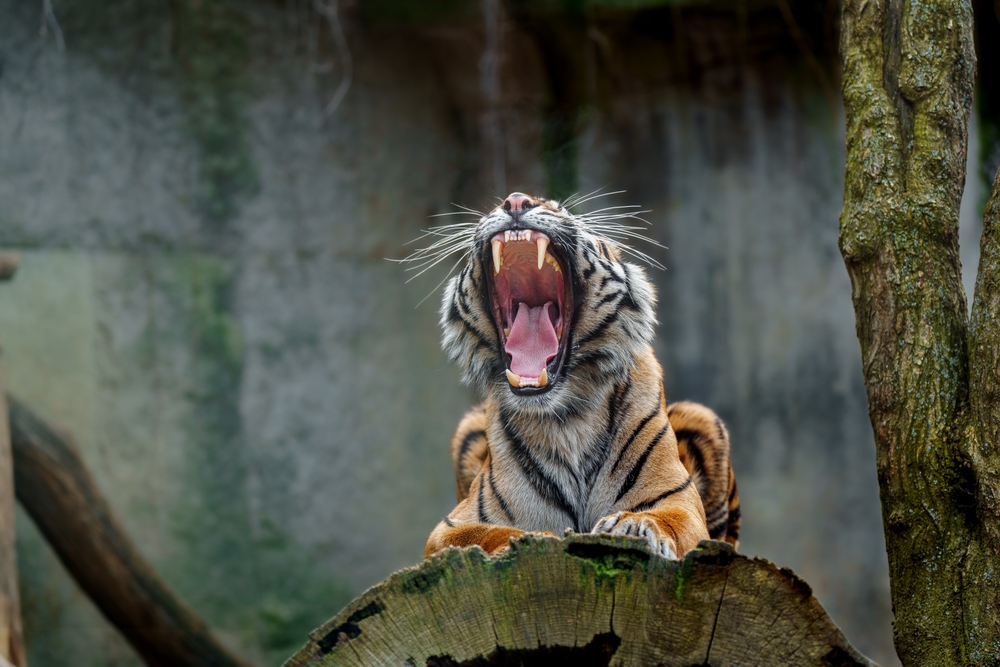
The aftermath of a hurricane or earthquake is just the beginning of a long recovery process for zoos. Assessing and repairing damage to enclosures, infrastructure, and habitats is a massive undertaking, requiring time and resources. This phase is crucial for ensuring the continued safety and well-being of animals.
Recovery efforts also focus on building resilience against future disasters. This involves re-evaluating current systems, reinforcing structures, and updating emergency plans. By learning from each event, zoos can enhance their preparedness and response strategies. It’s a continuous cycle of improvement, driven by the unwavering commitment to animal welfare and safety.
10. Environmental Impact and Habitat Restoration
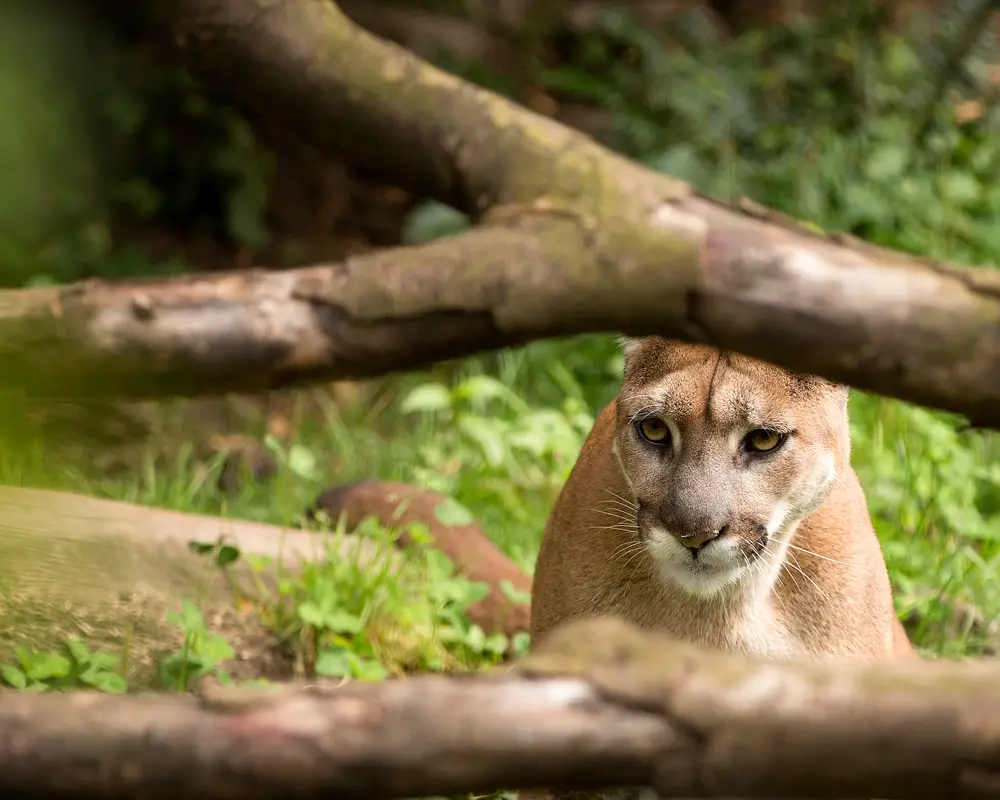
Natural disasters can leave lasting scars on the surrounding environment, and zoos are not immune to these impacts. The disruption of local ecosystems can affect food supply chains and the natural behaviors of animals. Zoos often play a role in habitat restoration, working with conservationists to rehabilitate affected areas.
This environmental stewardship extends to sustainable practices within the zoo itself. Efforts to minimize ecological footprints and enhance biodiversity are integral to long-term recovery. By prioritizing environmental health, zoos contribute to broader conservation goals. It’s an acknowledgment that the well-being of captive animals is intrinsically linked to the health of the planet.
11. Adaptive Management Strategies

Zoos are dynamic environments, continually adapting to the needs of their inhabitants. This adaptability is critical when facing natural disasters, as conditions can change rapidly and unpredictably. Zoos implement adaptive management strategies, allowing them to respond flexibly to evolving situations.
These strategies are rooted in evidence-based practices and real-time data analysis. By continuously monitoring conditions and outcomes, zoos can adjust their approaches and prioritize resources effectively. This proactive management ensures the highest standards of care, even in the face of adversity. It’s a testament to the resilience and innovation that define modern zoos.
12. Public Education and Awareness
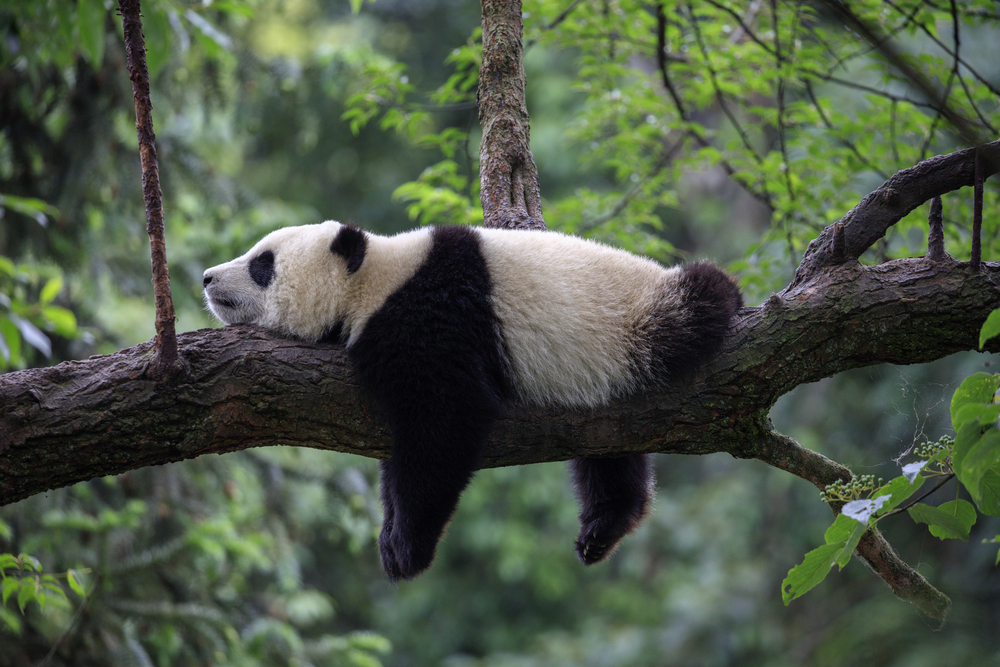
In the wake of a disaster, zoos play a vital role in educating the public about the challenges and triumphs of animal care during emergencies. Through storytelling and transparency, zoos foster understanding and empathy, highlighting the interconnectedness of human and animal experiences.
Educational programs and outreach initiatives engage the public, deepening appreciation for the dedication and expertise required to protect wildlife. These efforts inspire a sense of stewardship and responsibility, encouraging individuals to support conservation efforts. By sharing their journeys and insights, zoos not only educate but also inspire action and advocacy for the natural world.
13. A Testament to Human Ingenuity and Compassion
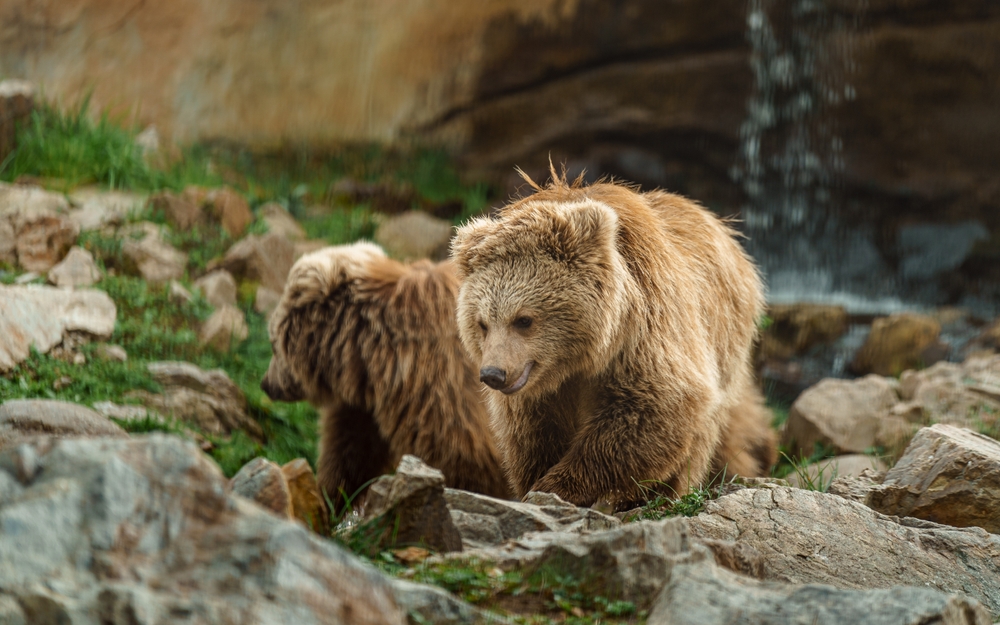
Ultimately, the response to hurricanes and earthquakes in zoos is a testament to human ingenuity and compassion. It reflects the deep commitment of caretakers who work tirelessly to protect and nurture the creatures in their care. These efforts are driven by a profound respect for life and a recognition of our role as guardians of the natural world.
In the face of adversity, zoos demonstrate the power of collaboration, innovation, and empathy. They remind us of the beauty and complexity of our shared existence, highlighting the strength that emerges when humans and animals unite against common challenges. It’s a narrative of resilience and hope, celebrating the enduring bond between humanity and the animal kingdom.
